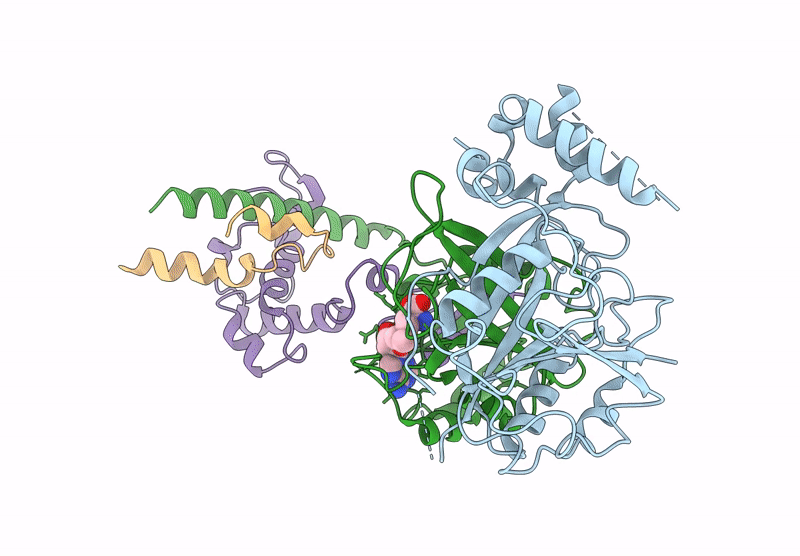
Deposition Date
2022-07-15
Release Date
2023-01-18
Last Version Date
2025-07-02
Entry Detail
PDB ID:
7YI9
Keywords:
Title:
Cryo-EM structure of SAM-bound MTA1-MTA9-p1-p2 complex
Biological Source:
Source Organism:
Tetrahymena thermophila SB210 (Taxon ID: 312017)
Host Organism:
Method Details:
Experimental Method:
Resolution:
2.60 Å
Aggregation State:
PARTICLE
Reconstruction Method:
SINGLE PARTICLE


